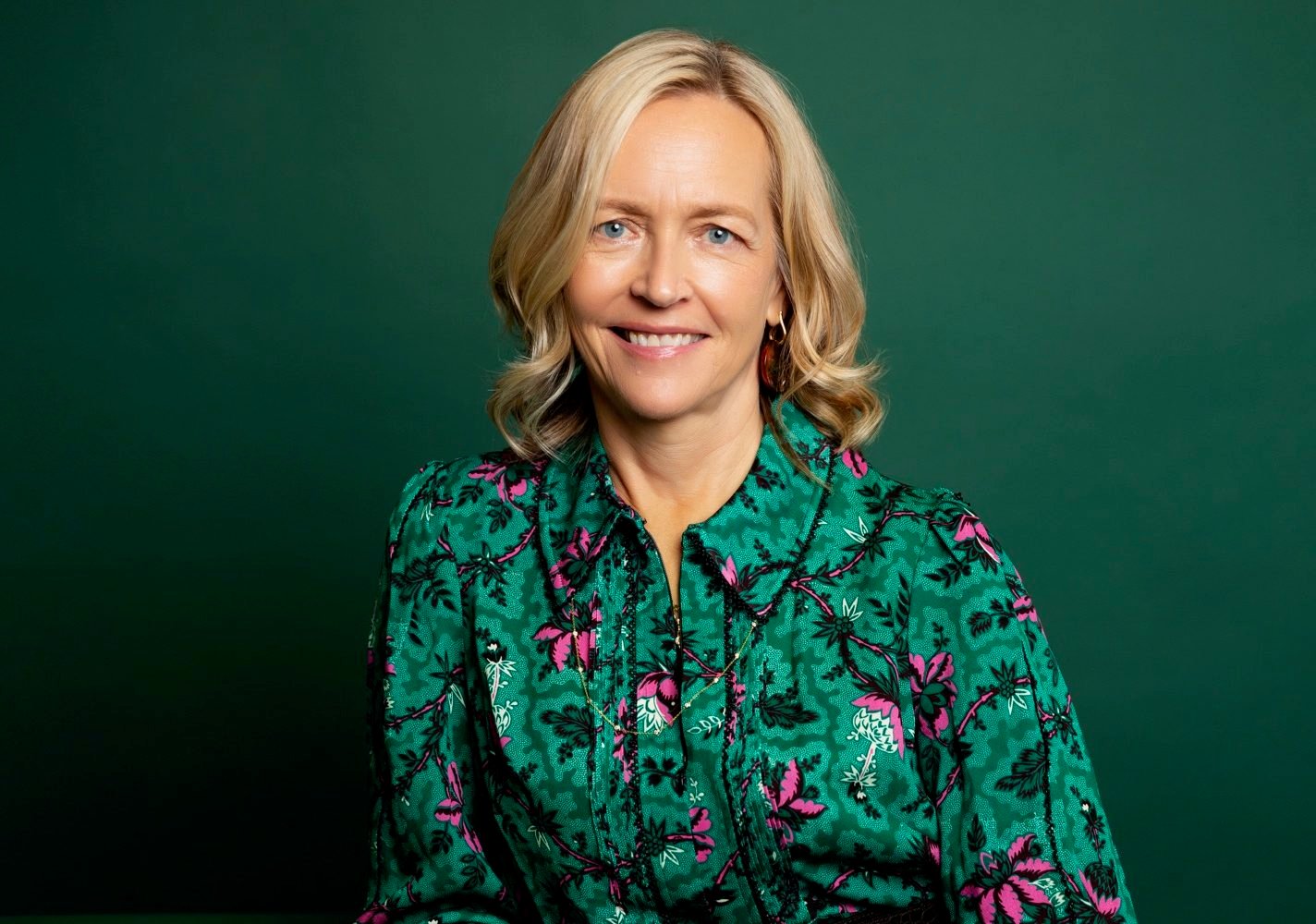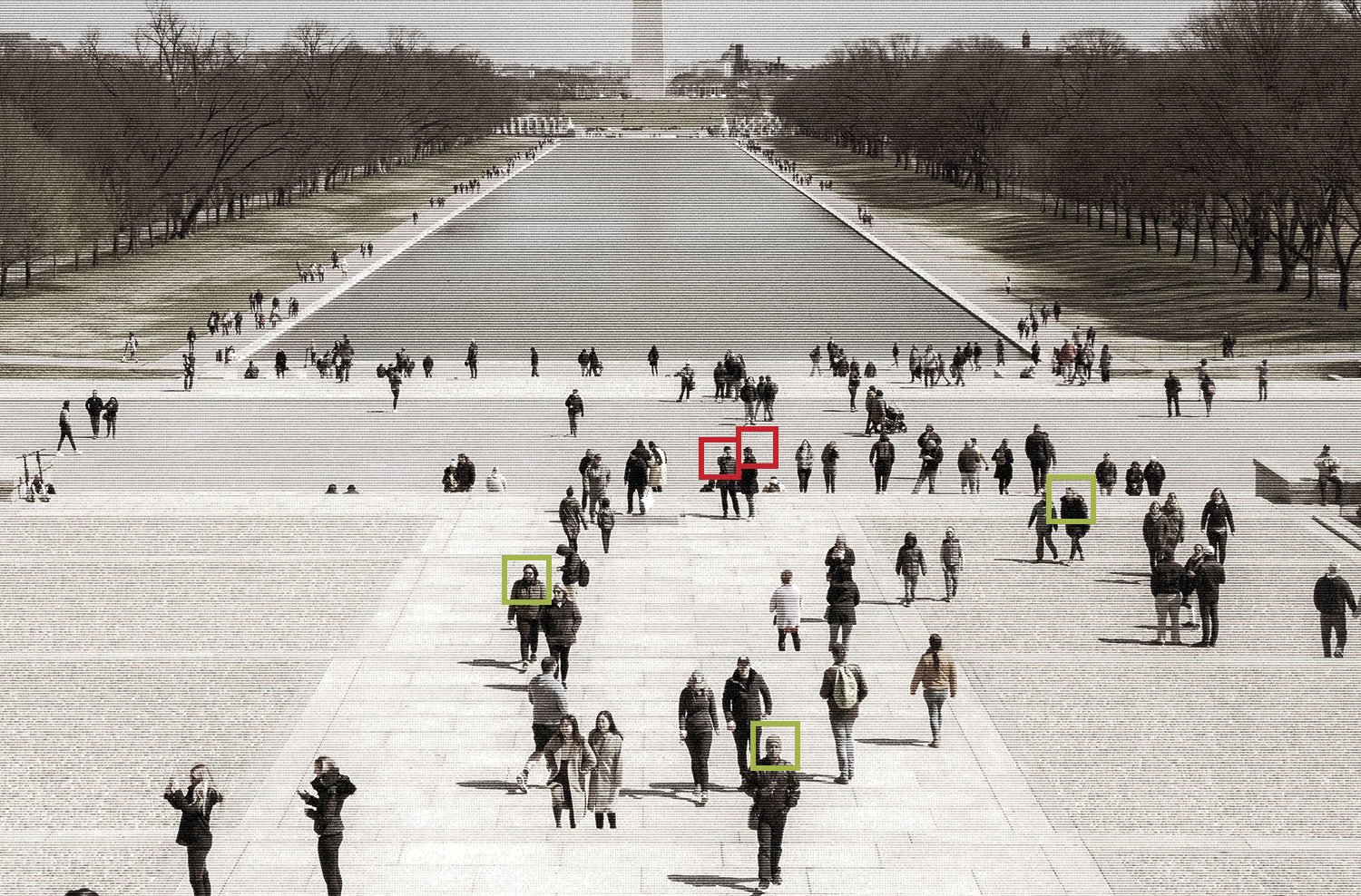Osama bin Laden may have met his fate at the hands of military men. But it’s a lesser-known fact that, for more than a decade, many of the CIA officers who were tracking the terrorist leader were women. Indeed, for as long as the CIA has been in the business of finding the founder of al Qaeda, and eventually killing him, women have been leading much of the hunt. Some say it’s work to which they’re particularly well suited.
The CIA established a group devoted exclusively to gathering and analyzing intelligence on bin Laden, known as Alec Station, in 1996. Counterterrorism wasn’t the high-stakes, career-advancing line of work that it would become after the 9/11 attacks. And the members of Alec Station, many of whom were women, took a professional risk by pigeon-holing themselves into a profession that didn’t seem to have a future.
But this tight band of CIA officers, some of whom called themselves “the Sisterhood,” had found a bit of refuge from the male-dominated culture of the agency, in which no woman has ever served as director. They also found a rare, and at the time maybe even unique kind of intelligence work, in which analysts–the traditionally desk-bound thinkers of the agency’s Directorate of Intelligence–worked closely with those who ran spies and did the clandestine work of espionage in the field, the members of the agency’s Directorate of Operations. Historically, those sides didn’t mix much on a personal or professional level. But at Alec Station, analysts and operators worked together, and in fairly short order they realized that the man whom much of the CIA had written off as a feckless wannabe jihadist was poised to become extraordinarily dangerous.
The story of how the CIA first got onto bin Laden’s trail, and how it ultimately pointed Navy SEALs to his physical address in Pakistan, is the subject of the new documentary Manhunt, premiering Wednesday night on HBO. Directed by Greg Barker (Sergio, Koran by Heart), it “stars” some of the former members of the Sisterhood and other CIA officers who joined in the hunt for bin Laden and his al Qaeda brethren before and after the 9/11 attacks. The film is based on the book Manhunt: The Ten-Year Search for Bin Laden–from 9/11 to Abbottabad, by journalist Peter Bergen, the author of four books on al Qaeda who produced bin Laden’s first television interview, for CNN in 1997.
The film Manhunt is a work of broad ambition, so broad, and covering so many years, that after the first half hour, when we were still not very close to Abbottabad, I wondered how Barker would ever bring the story to a satisfying conclusion. (Even though we all know how this story ends.) But the film succeeds by turning the bin Laden story into a personal and intimate one, told entirely through the perspective of the people who actually tried to track him down.
Not every member of Alec Station is here, nor is everyone who played a central role in bin Laden’s ultimate demise. But those who speak on camera do so without aliases or disguises, and in numbers that, as far as I can tell, is unprecedented for any work of film or television. If Manhunt weren’t also an engrossing story, it would still be notable just for brining into the Klieg lights so many people who spent their lives in the shadows.
The film portrays intelligence work up close, with a particular emphasis on the role of women. Cindy Storer, a former CIA analyst, and Nada Bakos, a former CIA targeting officer who tracked al Qaeda in Iraq, demonstrate how to locate a terrorist using fragments of disjointed and often contradictory information. We watch them tack photos and bits of paper to a white board, connecting the items with colored lines. The picture doesn’t come together as quickly as some of Carrie Mathison’s jazz-fueled intel binges on “Homeland,” but like that fictional representation, real-life analysis is tedious, frequently maddening, and often unproductive. But when it pays off, it does so with lethal effects.
There are times when Manhunt feels like fiction. Marty Martin, who was in charge of the operational hunt for bin Laden after 9/11 and most purely represents the spying-side of the agency (now known as the National Clandestine Service), is as flamboyant and mischievous a character as you’d expect to find in an espionage potboiler. He’s full of war stories and serves as the brawn to the analytic brains, and, visually at least, a strong masculine counterpoint to a story dominated by women.
But like a good spy story, not everything is what it seems. Far from butting heads with his women colleagues, either owing to their gender or some link to the “other side” of the CIA bureaucracy, Martin fuses with them. And the farther we get in time from the 9/11 attacks, the more the distinctions across the CIA between men and women, analysts and operators, start to fade, until they become arbitrary. Bakos represents the final synthesis of the two–a targeting officer is both an analyst and an operator. And the blending of those two worlds brings us to the modern CIA, which is more a global paramilitary organization than a Cold War spy house.
Manhunt is a work of empathetic storytelling. Barker doesn’t want to tell you the story of finding bin Laden so much as show you how the hunters did it. And because you walk in his subjects’ shoes, you feel their triumphs and their failures acutely. You can imagine yourself sitting in an office like theirs, doing mind-numbing work and taking it home in your head at night. You can grieve with the CIA officers who talk, through tears, about their friends and co-workers who were killed in a suicide bombing in Khost, Afghanistan, in 2009, an event that the film accurately portrays as a turning point in the CIA’s war against al Qaeda–it galvanized the agency to recommit to finding bin Laden. These testimonials make the bin Laden story, which has been the stuff of Hollywood blockbusters, accessible.
Manhunt inevitably draws comparisons to that other big movie about killing bin Laden. But while Zero Dark Thirty purports to be a work of journalism, Manhunt actually is. There are no pseudonyms or character composites. And when some of the same events are portrayed in Zero Dark Thirty, which is a superb film, they feel beyond the realm of our everyday experience. We can more easily imagine ourselves like Storer, showing up to work every day and banging her head against a desk, than we can see ourselves on the deck of a Blackhawk helicopter, wearing night-vision goggles and carrying an assault rifle.
Barker’s empathy imposes certain limits on his film. You don’t know where he stands on some of the most controversial and socially important questions of the bin Laden story, such as whether torture produced information that helped the CIA finish their manhunt. When Barker and I met in Washington a few weeks ago, he told me it’s the mark of a successful film that you can’t say for sure what he thinks. Not everyone who watches Manhunt will be satisfied with Barker’s approach, which leaves some very big questions about some very dark days not fully answered.
But we shouldn’t expect every story about bin Laden to be told through the lens of a moral dilemma. It’s enough, at least for this film, to show people doing a job, one that was measured in years and lives lost, and that changed those who did it, just as it changed history.









